MabThera (Rituximab) 500 mg/50 ml Imported In Pakistan
MabThera (Rituximab) 500 mg/50 ml is a monoclonal antibody with unique properties and applications in treating various medical conditions.
Mechanism of Action
- Targeting CD20: MabThera is specifically designed to bind to the CD20 antigen found on the surface of B lymphocytes, which are crucial in the pathogenesis of several blood cancers and autoimmune diseases. This binding leads to the destruction of these cells, both directly and through the activation of the immune system
36
.
Indications
- Versatile Applications: MabThera is used to treat:
- Non-Hodgkin’s Lymphoma (NHL): Effective as a standalone treatment or in combination with chemotherapy.
- Chronic Lymphocytic Leukemia (CLL): Often administered alongside other therapeutic agents.
- Rheumatoid Arthritis: For patients who have not responded adequately to other treatments.
- Granulomatosis with Polyangiitis (GPA) and Microscopic Polyangiitis (MPA): Typically used in conjunction with corticosteroids
123
.
Administration
- Intravenous Infusion: MabThera is administered through an intravenous infusion, which allows for direct delivery into the bloodstream. The infusion typically lasts between two to four hours, depending on individual patient factors

Original price was: ₨40,000.00.₨38,000.00Current price is: ₨38,000.00.
Description
MabThera (Rituximab) 500 mg/50 ml is a monoclonal antibody with unique properties and applications in treating various medical conditions.
Mechanism of Action
- targeting CD20: MabThera is specifically designed to bind to the CD20 antigen found on the surface of B lymphocytes, which are crucial in the pathogenesis of several blood cancers and autoimmune diseases. This binding leads to the destruction of these cells, both directly and through the activation of the immune system
Indications
- Versatile Applications: MabThera is used to treat:
- Non-Hodgkin’s Lymphoma (NHL): Effective as a standalone treatment or in combination with chemotherapy.
- Chronic Lymphocytic Leukemia (CLL): Often administered alongside other therapeutic agents.
- Rheumatoid Arthritis: For patients who have not responded adequately to other treatments.
- Granulomatosis with Polyangiitis (GPA) and Microscopic Polyangiitis (MPA): Typically used in conjunction with corticosteroids
.
Administration
- Intravenous Infusion: MabThera is administered through an intravenous infusion, which allows for direct delivery into the bloodstream. The infusion typically lasts between two to four hours, depending on individual patient factors
-
Key Benefits
- Targeted Therapy: MabThera specifically targets CD20 proteins on B lymphocytes, leading to the destruction of these cells, which is beneficial in treating various blood cancers and autoimmune diseases.
- Versatile Indications: It is indicated for:
- Non-Hodgkin’s Lymphoma (NHL): Used alone or in combination with chemotherapy.
- Chronic Lymphocytic Leukemia (CLL): Administered alongside chemotherapy to enhance treatment efficacy.
- Rheumatoid Arthritis: Helps reduce joint damage and improve physical function when combined with methotrexate.
- Granulomatosis with Polyangiitis (GPA) and Microscopic Polyangiitis (MPA): Used with corticosteroids for severe cases.
- Improved Outcomes: Clinical studies have shown that MabThera can significantly reduce disease progression and improve overall survival rates in patients with NHL and CLL
124
.
- Maintenance Therapy: It is also effective as a maintenance therapy for patients who have responded to initial treatment, helping to prolong remission periods
13
.
Key Ingredients
- Active Ingredient:
- Rituximab: A chimeric monoclonal antibody that binds specifically to CD20 on B lymphocytes. Each 50 ml vial contains 500 mg of rituximab, which is equivalent to 10 mg/ml concentration
235
.
- Rituximab: A chimeric monoclonal antibody that binds specifically to CD20 on B lymphocytes. Each 50 ml vial contains 500 mg of rituximab, which is equivalent to 10 mg/ml concentration
- Inactive Ingredients:
- Sodium Chloride: Used to maintain osmotic balance.
- Sodium Citrate Dihydrate: Acts as a buffering agent.
- Polysorbate 80: A surfactant that helps stabilize the formulation.
- Water for Injection: The solvent used for the solution
-
Mechanism of Action
Targeting CD20
- Binding to CD20: Rituximab is a chimeric monoclonal antibody that specifically binds to the CD20 antigen present on the surface of B cells. CD20 is expressed throughout the maturation of B cells but is absent in terminally differentiated plasma cells, which helps limit off-target effects and preserves the B cell pool necessary for recovery after treatment
14
.
Induction of Cell Death
- Apoptosis: Upon binding to CD20, Rituximab induces apoptosis (programmed cell death) in B cells. This is particularly effective in malignant B cells, such as those found in non-Hodgkin lymphoma and chronic lymphocytic leukemia (CLL)
24
.
- Antibody-Dependent Cellular Cytotoxicity (ADCC): The Fc portion of Rituximab recruits immune effector cells, such as natural killer (NK) cells, which recognize and destroy the antibody-coated B cells. This process enhances the immune system’s ability to eliminate cancerous cells
45
.
Complement-Dependent Cytotoxicity (CDC)
- Activation of Complement System: Rituximab binding leads to the activation of the complement cascade, which results in the formation of membrane attack complexes that lyse the targeted B cells. This mechanism is particularly effective when multiple Rituximab molecules cluster together on the cell surface, facilitating better interaction with complement proteins
56
.
Modulation of Immune Response
- Regulatory Effects: Rituximab may also modulate the immune response by altering the expression of various surface molecules on B cells, such as MHC class II and adhesion molecules. This modulation can enhance the overall immune response against tumors or autoimmune conditions
45
.
Clustering Effect
- Cap Formation: Rituximab induces clustering of CD20 on the cell surface, which enhances its effectiveness by increasing the likelihood that NK cells will engage and kill the targeted B cells. This clustering effect significantly improves the efficacy of both ADCC and CDC mechanisms

-
Interaction Mechanisms
1. Targeting CD20
- Specific Binding: Rituximab binds specifically to the CD20 protein, which is expressed on the surface of pre-B and mature B lymphocytes. This binding is crucial as it allows for the selective targeting of B cells while sparing plasma cells and hematopoietic stem cells, which do not express CD20
15
.
2. Induction of Cell Death
- Apoptosis: The binding of rituximab to CD20 triggers apoptosis in B cells through various pathways, including:
- Antibody-Dependent Cellular Cytotoxicity (ADCC): Rituximab recruits immune effector cells, such as natural killer (NK) cells, which recognize and destroy the antibody-coated B cells
23
.
- Complement-Dependent Cytotoxicity (CDC): The antibody binding activates the complement system, leading to the formation of membrane attack complexes that lyse targeted B cells
13
.
- Antibody-Dependent Phagocytosis: Macrophages can also be recruited to engulf and destroy B cells tagged by rituximab
2
.
- Antibody-Dependent Cellular Cytotoxicity (ADCC): Rituximab recruits immune effector cells, such as natural killer (NK) cells, which recognize and destroy the antibody-coated B cells
3. Depletion of B Cells
- Rapid Depletion: Rituximab leads to a significant reduction in circulating B cells within days of administration. In patients with conditions like rheumatoid arthritis, nearly complete depletion of peripheral B lymphocytes can occur within two weeks
34
.
- Duration of Depletion: The depletion is typically transient, lasting about six months, but can vary among individuals. Some patients may experience prolonged depletion beyond this period
4
.
4. Modulation of Immune Response
- Reduction of Autoantibodies: By depleting pathogenic B cells that produce harmful autoantibodies, rituximab helps in managing autoimmune diseases such as rheumatoid arthritis and vasculitis. This leads to a decrease in inflammation and improvement in clinical symptoms
24
.
- Sparing Protective Antibodies: Importantly, while rituximab reduces pathogenic antibodies, it does not significantly affect levels of protective antibodies against vaccine-preventable diseases (e.g., tetanus), indicating a selective action that preserves some immune functions
4
.
5. Immune System Suppression
- Increased Infection Risk: The immunosuppressive effects of rituximab can lead to an increased risk of infections, particularly in patients who have other underlying conditions or are receiving additional immunosuppressive therapies. Patients may experience serious infections during and after treatment due to reduced B cell-mediated immunity
-
Chemical Structure
General Composition
- Molecular Formula: The chemical formula of rituximab is C6416H9874N1688O1987S44.
- Molar Mass: Rituximab has a molar mass of approximately 143,860.04 g/mol.

-
Dosage
The recommended dosage of MabThera varies depending on the condition being treated and the patient’s body surface area (BSA). Key dosage regimens include:
- Non-Hodgkin Lymphoma (NHL):
- Induction Treatment: 375 mg/m² BSA administered as an intravenous infusion once weekly for four weeks.
- Maintenance Treatment: 375 mg/m² BSA every two months for up to two years, starting two months after the last induction dose.
- Chronic Lymphocytic Leukemia (CLL):
- Combination with Chemotherapy: 375 mg/m² on day 0 of the first treatment cycle, followed by 500 mg/m² on day 1 of subsequent cycles for six cycles.
- Granulomatosis with Polyangiitis (GPA) and Microscopic Polyangiitis (MPA):
- Induction of Remission: 375 mg/m² BSA administered as an intravenous infusion once weekly for four weeks.
- Maintenance Treatment: Administered no sooner than 16 weeks after the last infusion.
- Rheumatoid Arthritis:
- Two infusions of 1000 mg each, given two weeks apart, followed by maintenance doses based on clinical evaluation.
Administration Notes
- Infusions should be given in a hospital setting under the supervision of qualified healthcare personnel.
- Premedication with analgesics and antihistamines is recommended to mitigate infusion-related reactions.
Storage
- Storage Conditions: MabThera should be stored in a refrigerator at temperatures between 2°C to 8°C (36°F to 46°F). It should not be frozen.
- Shelf Life: The product should be used before the expiration date indicated on the packaging. Once prepared for infusion, it should be used immediately or can be stored at room temperature for a limited time as specified in the product guidelines.
Reviews
Reviews from healthcare professionals and patients generally reflect the following sentiments:
- Efficacy: Many patients report significant improvements in their conditions, particularly in terms of disease response and remission rates. Healthcare providers note that MabThera is effective in depleting B cells and managing symptoms associated with various hematological malignancies and autoimmune disorders.
- Non-Hodgkin Lymphoma (NHL):
- Specific Binding: Rituximab binds specifically to the CD20 protein, which is expressed on the surface of pre-B and mature B lymphocytes. This binding is crucial as it allows for the selective targeting of B cells while sparing plasma cells and hematopoietic stem cells, which do not express CD20
- Binding to CD20: Rituximab is a chimeric monoclonal antibody that specifically binds to the CD20 antigen present on the surface of B cells. CD20 is expressed throughout the maturation of B cells but is absent in terminally differentiated plasma cells, which helps limit off-target effects and preserves the B cell pool necessary for recovery after treatment

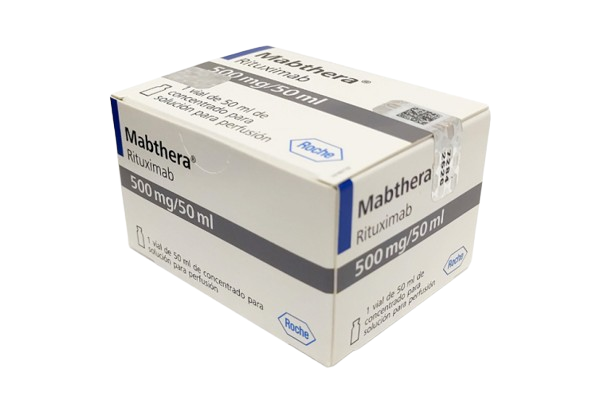

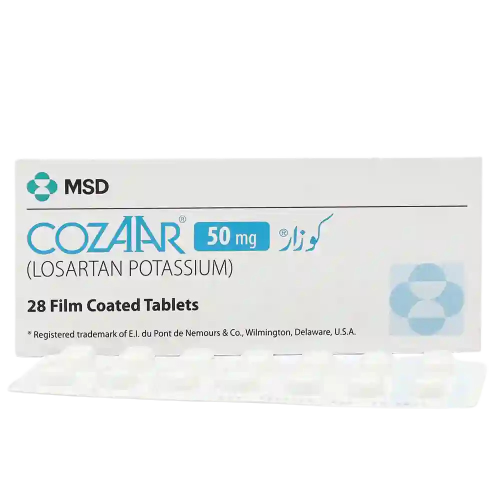
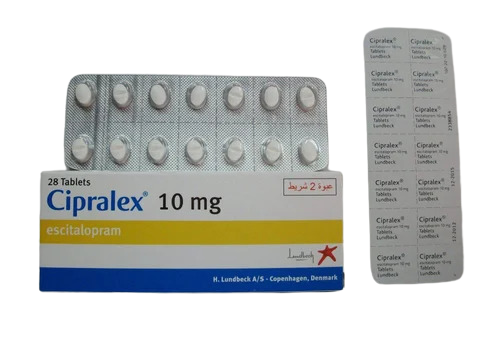
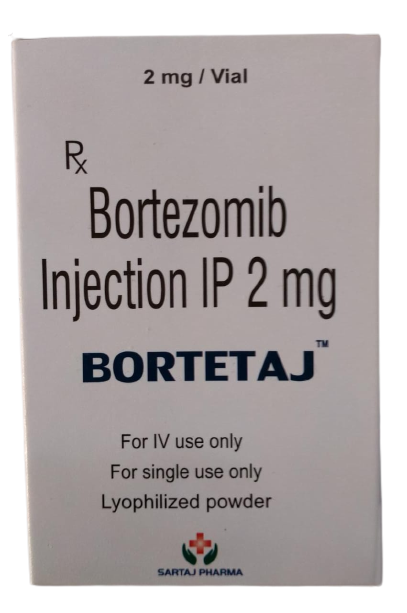
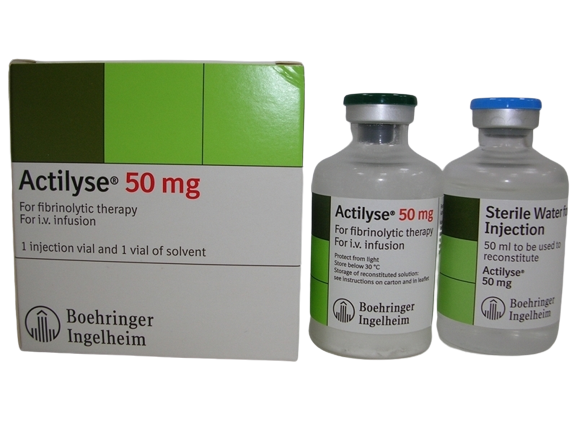

Reviews
There are no reviews yet.